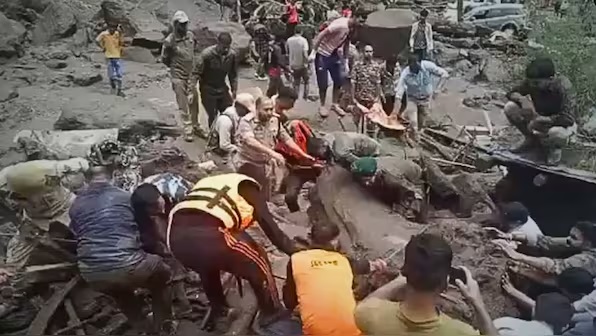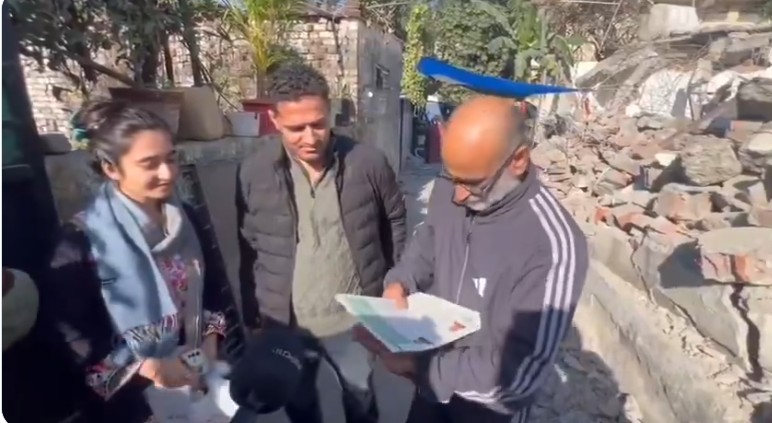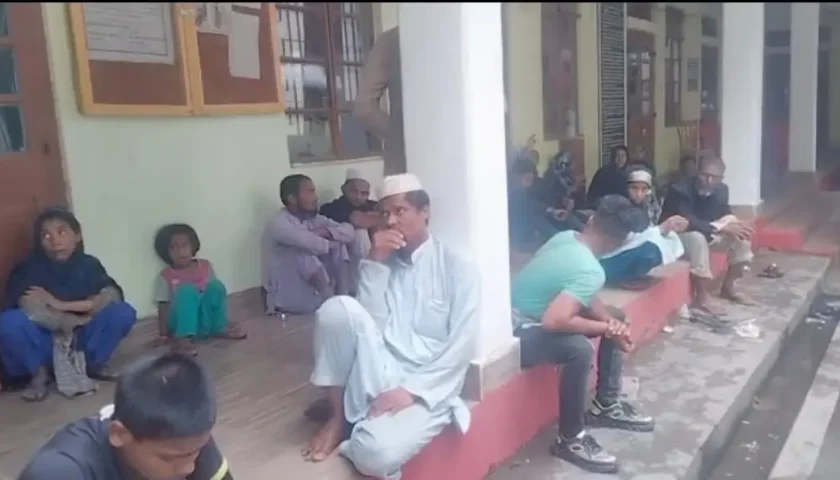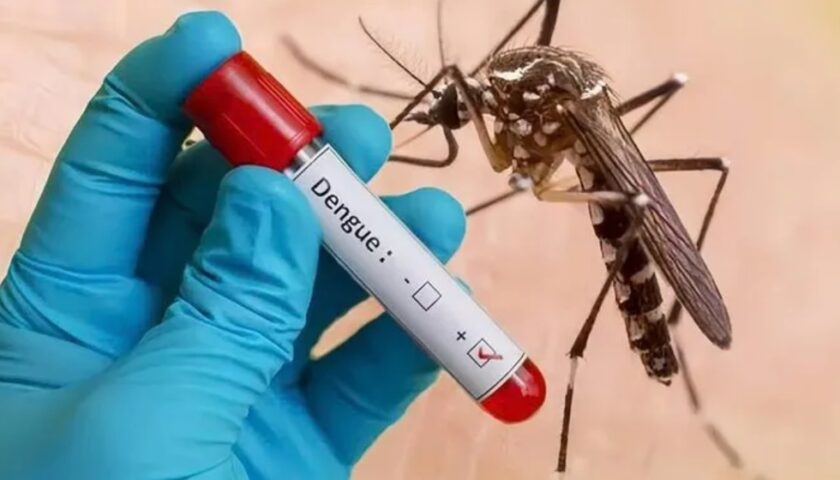Kishtwar Cloudburst Day 3: Death Toll at 65, 70 Still Missing as Rescue Operations Continue in J&K
By: Javid Amin | 16 Aug 2025
A Humanitarian and Environmental Crisis in the Heart of Jammu & Kashmir
Hopes Fading Amid the Rubble
On the third day after the devastating cloudburst in Chosoti village, Kishtwar district, the official death toll has climbed to 65. While 50 bodies have been identified and handed over to their families, the fate of nearly 70 missing persons—many of them pilgrims of the Machail Mata Yatra—remains uncertain.
The disaster, triggered by a sudden cloudburst on August 15, 2025, has left survivors traumatized, families in despair, and rescuers stretched to the limits of human endurance.
The Grim Numbers
As of August 17, 2025, the toll stands as follows:
| Category | Count |
|---|---|
| Confirmed Dead | 65 |
| Bodies Identified | 50 |
| Missing Persons | 70 (including children, pilgrims, CISF soldier) |
| Injured | 100–150 (under treatment) |
| Rescued | 170+ |
Most of the missing are from Jammu, Samba, and Kathua, though families from Haryana and Madhya Pradesh are also among the affected.
Eyewitness Voices — “I Saw People Being Consumed by Gushing Water”
The human stories behind the statistics are harrowing. Survivors interviewed by Greater Kashmir describe scenes of unimaginable horror:
“I saw people being consumed by gushing water. Families were swept away in seconds. We couldn’t save anyone; the water was too strong.”
Such accounts reveal the suddenness and ferocity of the disaster. Many victims had gathered as part of the Machail Mata pilgrimage, unaware that nature’s fury would cut short their spiritual journey.
Rescue Operations — Heroism Amid Obstacles
Rescue efforts involve a massive joint operation by:
-
J&K Police
-
Indian Army
-
Border Roads Organisation (BRO)
-
State Disaster Response Force (SDRF)
-
National Disaster Response Force (NDRF)
-
Local volunteers who rushed without waiting for orders
Tools and Tactics
-
Explosives used to blast boulders blocking routes.
-
Dog squads deployed to trace missing persons.
-
Earth-movers and cranes brought in to clear debris.
The VVIP Factor
Despite the urgency, locals claim that VVIP visits, including Chief Minister Omar Abdullah, disrupted operations. Convoys and security protocols reportedly slowed down the arrival of relief materials and delayed on-ground work. Survivors expressed frustration, arguing that “political optics should not overshadow human lives.”
Medical Response — Battling to Save Lives
The injured, numbering between 100 and 150, are being treated across multiple facilities:
-
Sub District Hospital (SDH) Atholi – handling first-response cases.
-
District Hospital Kishtwar – managing critical surgeries and stabilizations.
-
Government Medical College (GMC) Jammu – receiving the most serious patients requiring advanced care.
Specialist doctors, paramedics, and mobile medical units have been deployed. Blood donation drives are underway, with locals stepping in as volunteers.
Families in Despair
For families waiting outside hospitals or relief camps, time is the cruellest enemy. Every hour that passes without news of their missing loved ones erodes hope further. Mothers cling to photographs, fathers wander the riverbanks, and children cry for parents who may never return.
The psychological toll of disasters like Kishtwar often goes unnoticed. Trauma counseling, experts say, must be integrated into relief plans, especially for children who witnessed family members being swept away.
The Wider Pattern of Himalayan Calamities
The Kishtwar disaster is not an isolated tragedy. Just days earlier, Kathua, Pahalgam, Kupwara, and Sonamarg witnessed flash floods, cloudbursts, and landslides. Together, these events highlight a disturbing pattern:
-
Climate change-driven rainfall extremes are becoming the new normal.
-
Illegal mining and deforestation have weakened natural barriers.
-
Unregulated tourism adds stress to already fragile slopes.
Unless urgent reforms are undertaken, such tragedies will recur with increasing frequency.
Lessons for Governance
The Kishtwar disaster underscores the need for:
-
Stronger early warning systems with real-time rainfall and flood alerts.
-
Community-based disaster training so locals can respond immediately.
-
Stricter regulation of mining, deforestation, and unplanned construction.
-
Better coordination between civil administration and rescue agencies, without interference from political optics.
Relief is reactive. What the Himalayas need is preventive policy action.
Bottom-Line: Mourning and Awakening
As families bury their loved ones and pray for the missing, Kishtwar stands at a crossroads between grief and awakening. Every life lost is a stark reminder that ignoring environmental safeguards carries human costs.
The words of one survivor sum up the collective anguish:
“We came for blessings at Machail Mata Yatra. Instead, we are leaving with memories of screams and water swallowing lives.”
The tragedy of Kishtwar must not fade as another headline. It must become the turning point for Jammu & Kashmir’s disaster preparedness and environmental policy.




